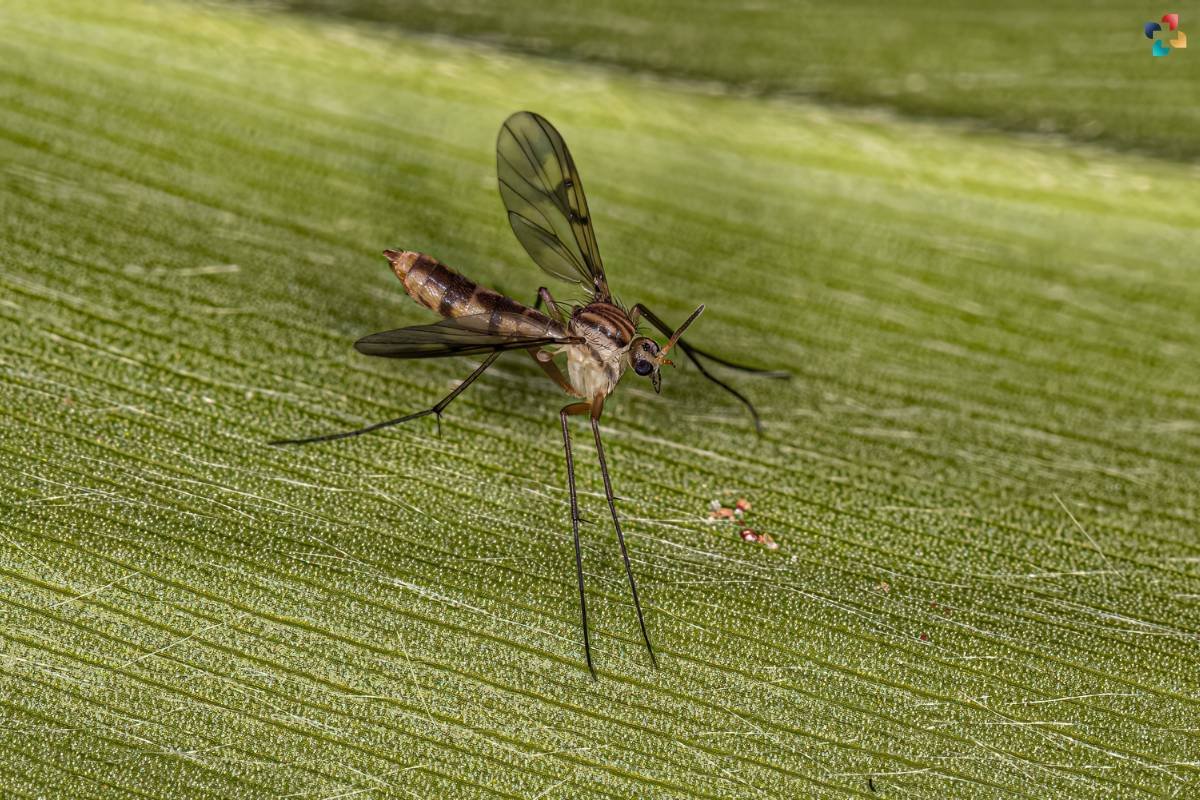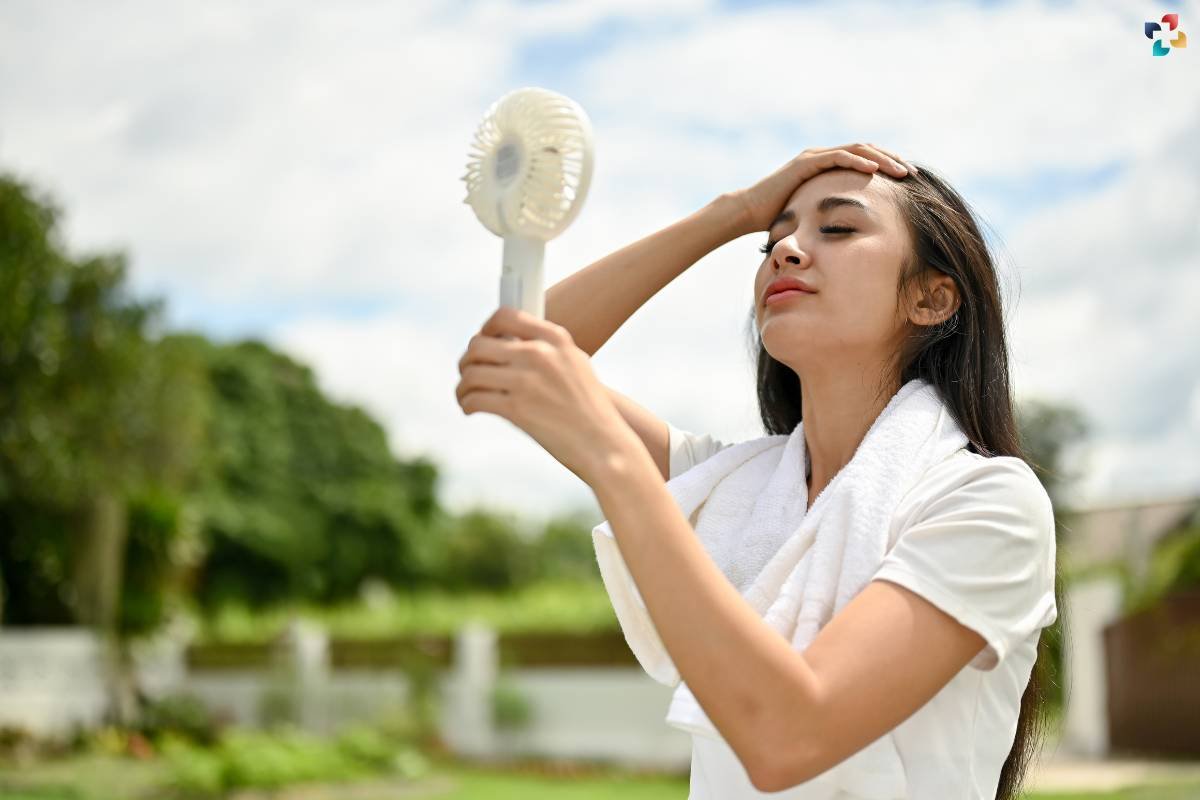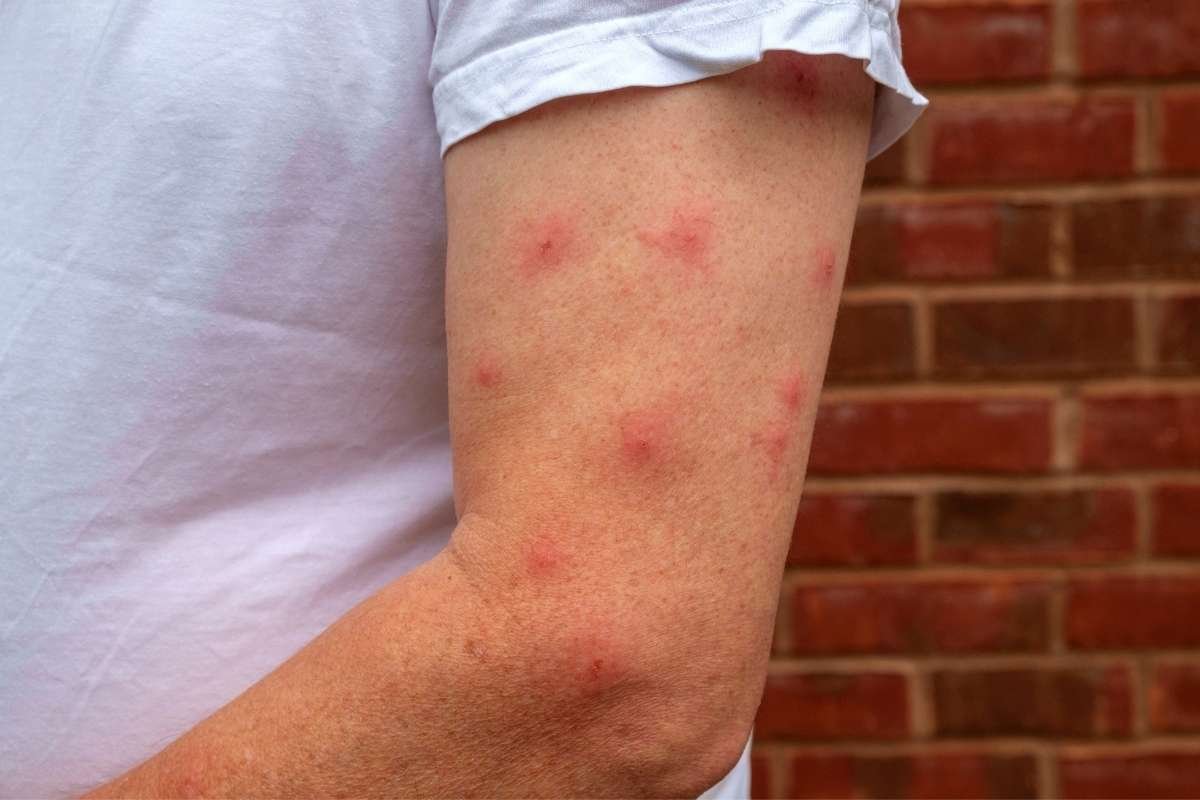Source-The-US-Sun
Gnat bites, while often small and seemingly harmless, can cause discomfort and irritation for those affected. In this comprehensive guide, we’ll explore the causes of gnat bites, symptoms to watch out for, and effective treatments to alleviate itching and inflammation. Additionally, we’ll discuss preventive measures to reduce the likelihood of getting bitten by gnats in the first place.
Introduction: Unveiling the Nuisance of Gnat Bites
Gnat bites, often underestimated due to their size, can be quite bothersome, causing itching, redness, and swelling. Understanding the nature of gnat bites and how to manage them is essential for those who frequently encounter these tiny pests.
Gnat bites may seem insignificant compared to other insect bites, but their nuisance should not be overlooked. Despite their small size, gnat bites can cause considerable discomfort, particularly for individuals with sensitive skin or allergies. The itching, redness, and swelling that accompany gnat bites can disrupt daily activities and lead to frustration. Moreover, repeated scratching of gnat bites can increase the risk of secondary infections, further exacerbating the problem.
As such, gaining insight into the nature of gnat bites and learning effective management strategies is crucial for mitigating their impact on our lives. By understanding the symptoms and characteristics of gnat bites, individuals can recognize them early and take appropriate steps to alleviate discomfort. Additionally, implementing preventive measures to avoid gnat bites altogether can help minimize their occurrence and ensure a more enjoyable outdoor experience.
What Are Gnat Bites?
Gnat bites occur when gnats, small flying insects belonging to the Diptera family, feed on human or animal blood by piercing the skin with their mouthparts. These bites can occur indoors or outdoors, especially in areas with high humidity or near bodies of water where gnats thrive.
Gnats are attracted to moisture and organic matter, making them commonly found in damp environments such as gardens, marshes, and wooded areas. Female gnats, particularly those of the Culicoides genus, require blood to develop their eggs and are the ones responsible for biting humans and animals. When a gnat bites, it injects saliva into the skin, which contains anticoagulants to facilitate blood flow. This saliva can trigger an allergic reaction in some individuals, leading to symptoms such as itching, redness, and swelling at the site of the bite.
Gnat bites are often mistaken for mosquito bites due to their similar appearance and symptoms. However, gnat bites typically result in smaller, more localized welts compared to mosquito bites. While gnat bites are generally harmless and resolve on their own within a few days, they can cause significant discomfort and irritation, prompting individuals to seek relief through various remedies and treatments.
Identifying Gnat Bites: Symptoms and Characteristics

Gnat bites typically present as small, red, itchy bumps on the skin. The area around the bite may become inflamed and swollen, and scratching can lead to further irritation and potential infection. While gnat bites are usually harmless, individuals with sensitive skin or allergies may experience more severe reactions.
In some cases, gnat bites can be accompanied by additional symptoms such as pain, burning sensations, or a feeling of warmth at the site of the bite. These symptoms may vary depending on the individual’s immune response and the species of gnat responsible for the bite. It’s essential to avoid scratching gnat bites to prevent further inflammation and reduce the risk of infection.
Gnat bites are often clustered in groups or lines on the skin, as gnats tend to bite multiple times during feeding. This characteristic pattern can help differentiate gnat bites from other insect bites. Additionally, gnat bites are more commonly found on exposed areas of the body, such as the arms, legs, and neck, where gnats have easy access to feed.
While gnat bites typically resolve on their own within a few days, individuals experiencing severe symptoms or signs of infection should seek medical attention promptly. In some cases, healthcare providers may recommend over-the-counter antihistamines or topical corticosteroids to alleviate itching and inflammation associated with gnat bites.
Treating Gnat Bites: Relief for Itching and Discomfort
When dealing with gnat bites, several remedies can help alleviate itching and reduce inflammation. Applying a cold compress or ice pack to the affected area can provide immediate relief by numbing the skin and reducing swelling. Over-the-counter anti-itch creams or ointments containing ingredients like hydrocortisone or calamine can also help soothe irritated skin.
For those looking for natural remedies, applying a paste made from baking soda and water or aloe vera gel can help alleviate itching and promote healing. Additionally, taking oral antihistamines can help reduce allergic reactions and minimize discomfort caused by gnat bites.
Preventing Gnat Bites: Tips for Avoiding Insect Encounters
While treating gnat bites is essential, preventing them in the first place is even better. Here are some tips to minimize your risk of getting bitten by gnats:
1. Use Insect Repellents:
Apply insect repellents containing DEET or picaridin to exposed skin when spending time outdoors, especially during peak gnat activity times, such as dawn and dusk.
2. Wear Protective Clothing:

Cover up with long sleeves, pants, and socks when in areas where gnats are prevalent. Light-colored clothing may also help deter gnats.
3. Avoid Standing Water:
Gnats are attracted to standing water, so eliminate sources of stagnant water around your home, such as bird baths, clogged gutters, or flower pots.
4. Install Screens:
Keep windows and doors screened to prevent gnats from entering your home or place of residence.
5. Use Fans:
When outdoors, using fans can help create airflow and deter gnats from flying near you.

Conclusion: Managing Gnat Bites and Minimizing Discomfort
In conclusion, while gnat bites can be irritating, they are usually harmless and can be effectively treated at home with simple remedies. By understanding the symptoms of gnat bites, knowing how to treat them, and taking preventive measures to avoid insect encounters, individuals can minimize discomfort and enjoy outdoor activities without worrying about pesky gnat bites.
By implementing strategies such as wearing insect repellent, covering exposed skin, and using screens on windows and doors to keep gnats out, individuals can reduce their risk of gnat bites. Additionally, maintaining a clean and tidy living environment, especially in areas prone to gnat infestations, can help deter these insects from breeding and feeding indoors. With proper precautions and prompt treatment when needed, gnat bites can be a minor inconvenience rather than a major disruption to daily life.









